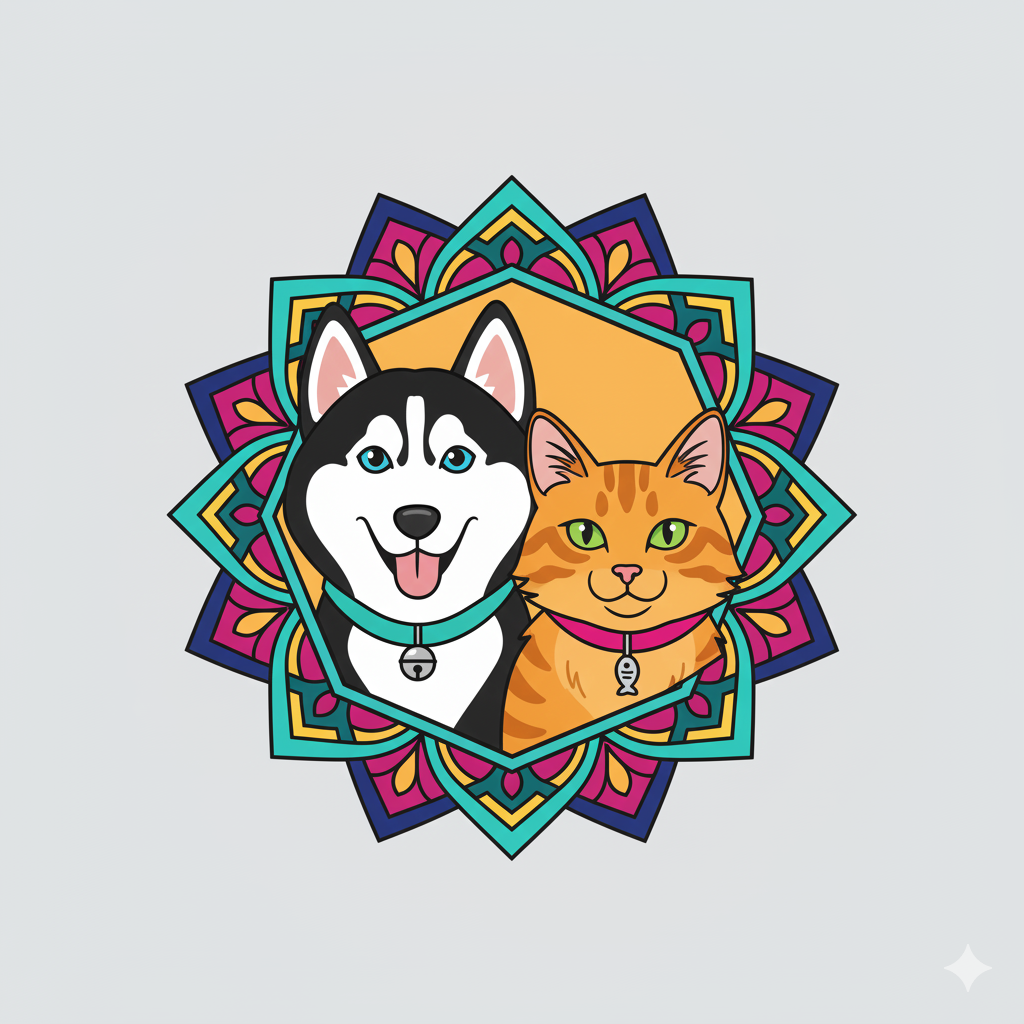Urban Challenges Faced by Dogs
Urban dog challenges significantly impact the wellbeing of pets living in cities. One primary issue is housing constraints. Many city dwellers live in apartments or small homes, leading to limited indoor and outdoor space for dogs to play and exercise. This scarcity can cause frustration, restlessness, and even behavioral problems if dogs are not given adequate opportunities to burn energy.
Additionally, city living for dogs involves constant exposure to noise, crowds, and high activity levels. Loud traffic, construction sounds, and bustling streets create stress for many dogs. These stimuli can overwhelm sensitive pets, leading to anxiety or increased alertness, which may affect their overall demeanor.
Also to discover : How Can Dogs Impact Human Health Positively?
City dog problems also extend to environmental factors such as pollution. Air pollution and chemical residues on sidewalks expose dogs to harmful substances that can affect their respiratory systems and skin health. Unlike rural areas, urban environments often carry higher pollution levels, which can worsen conditions like asthma, allergies, or dermatitis. Dog owners need to be mindful of these risks and consider regular veterinary check-ups to monitor their dog’s health.
Addressing these urban dog challenges requires tailored solutions, such as creating safe play areas, using noise-reducing techniques, and maintaining cleanliness to protect against pollution-related health issues.
Also to discover : How Can Dogs Serve as Exceptional Companions for Different Lifestyles?
Essential Adaptations and Behaviours of Urban Dogs
Understanding how dogs adjust to city life
Dogs display remarkable adaptation to cities, adjusting their daily routines to fit the fast-paced urban environment. City dogs often have lower energy levels compared to rural dogs due to limited open spaces for running. Walks become structured activities, balancing exercise with mental stimulation. This shift is crucial to prevent boredom and promote well-being.
In terms of dog behaviour in urban settings, socialisation plays a vital role. Dogs encounter numerous people, vehicles, and other animals, which requires enhanced tolerance and calmness. Regular positive interactions help reduce anxiety and encourage friendly conduct, essential for navigating crowded parks or busy sidewalks.
Urban dogs also develop specific skills to enhance safety. For example, responding reliably to recall commands is critical amidst traffic and distractions. They learn to stay close to owners and avoid hazards like trash or unfamiliar animals. These urban-specific behaviours ensure they thrive in city life without compromising safety.
Ultimately, embracing this city dog lifestyle involves understanding these adaptations and supporting dogs with consistent routines, social opportunities, and training focused on urban challenges. This approach nurtures confident, well-adjusted companions for life among the hustle of the city.
Practical Tips for Urban Dog Owners
Helping your city dog thrive
Caring for city dogs requires specific strategies tailored to urban environments. Urban dog care tips focus on managing walks and finding safe, green spaces despite the city’s limitations. Regular walks in quieter parks or early mornings can reduce exposure to heavy traffic and noise. To manage walking dogs in cities effectively, consider using harnesses for better control and choosing routes with shaded areas or grass patches.
Indoor and outdoor enrichment are critical for urban dogs, who often face limited physical space. Provide interactive toys and puzzle feeders to keep their minds engaged. Regular, varied exercise routines prevent boredom, helping alleviate destructive behaviors indoors. Playing fetch or setting up obstacle courses in small yards or balconies can be effective alternatives.
Noise anxiety and overstimulation are common urban challenges. Implement gradual desensitization techniques, such as playing recorded city sounds at low volumes, then slowly increasing intensity. Safe spaces like quiet rooms or crates with familiar blankets can offer refuge. Consistency is vital in helping dogs adjust.
By applying these urban dog care tips, owners foster better wellbeing for their pets in the city’s unique setting. Walking dogs in cities isn’t just about physical exercise; it’s about mental engagement and emotional resilience. Careful planning and attentiveness make all the difference.
Promoting Mental Well-being and Socialisation
Enhancing urban dogs’ quality of life through engagement and connections
City dog mental health is essential for a happy, well-adjusted companion. In urban settings, mental stimulation plays a key role in preventing boredom and associated behaviour problems such as excessive barking or destructive chewing. Providing dog enrichment in urban environments involves interactive activities like puzzle feeders, scent games, and varied walks that challenge their senses and minds.
Socialising urban dogs requires structured, safe opportunities for both dog-to-dog and dog-to-human interactions. These social experiences help build confidence, reduce anxiety, and promote positive behaviour. Walks in dog parks or attending training classes are excellent avenues to facilitate these interactions while maintaining safety.
By prioritising city dog mental health through enrichment and socialisation, owners can effectively prevent loneliness and destructive tendencies. Engaged dogs are less likely to develop stress-related issues, contributing to their overall well-being and happiness. Fostering an environment that encourages exploration and connection ultimately supports a balanced, contented urban dog.
Real-Life Urban Dog Experiences and Owner Stories
Understanding urban dog stories helps potential city dog owners envision day-to-day life. Take Max, a lively Border Collie living in a bustling downtown apartment. Despite limited space, Max thrives through structured exercise routines and frequent visits to nearby dog parks. This example of dogs in cities highlights how activity planning is essential for urban pets.
Owners frequently share challenges like crowded sidewalks and noisy traffic. Sarah, an experienced urban dog owner, emphasizes socialization from an early age to help dogs remain calm amidst constant city stimuli. Her insights reveal that urban dog experiences rely on consistent training and well-timed outdoor breaks.
Many lessons arise from combining patience with adaptation. For instance, switching to durable, easily cleaned gear addresses city wear and tear. Owners also recommend using short leash walks during peak hours to manage distractions. These best practices ensure dogs remain happy and healthy despite the unique demands of city life.
By exploring diverse urban dog stories, new owners gain confidence. Real examples demonstrate that, with effort and care, dogs not only survive but flourish in vibrant city settings.
